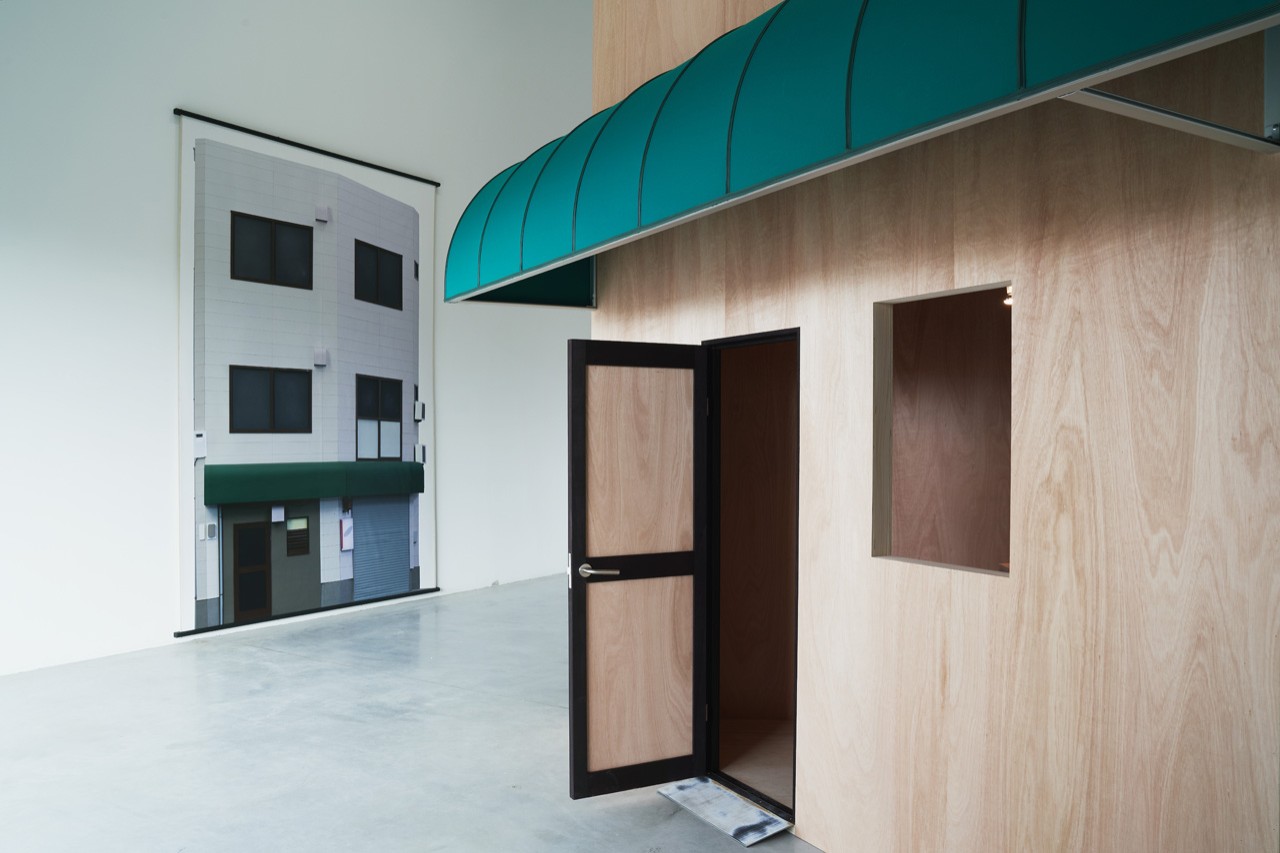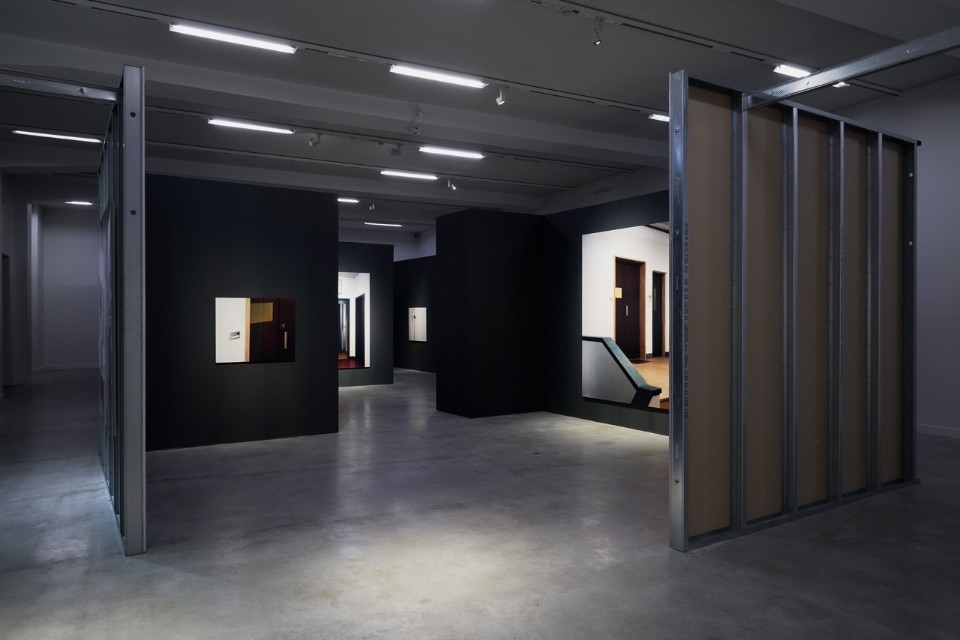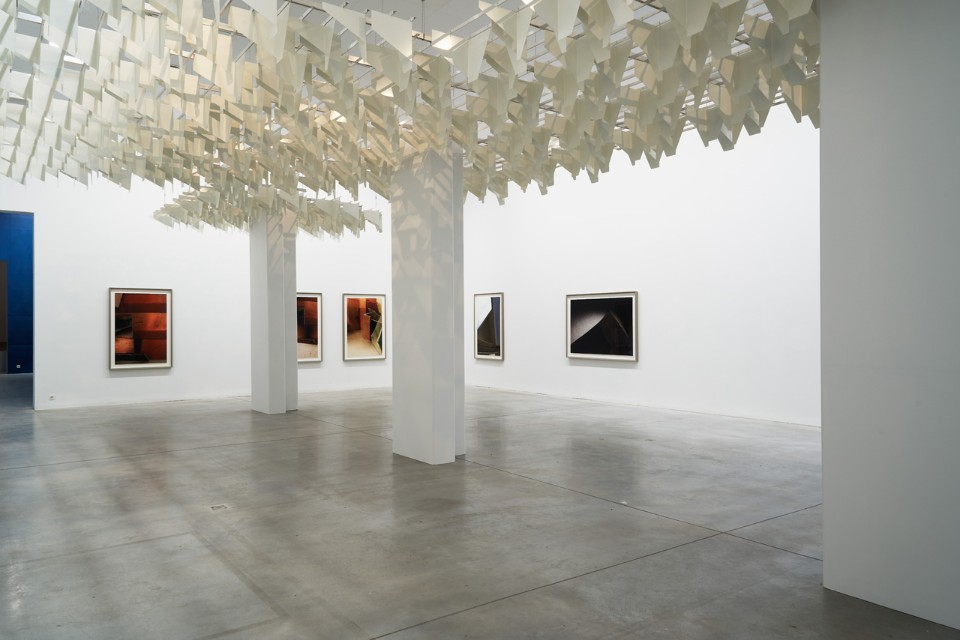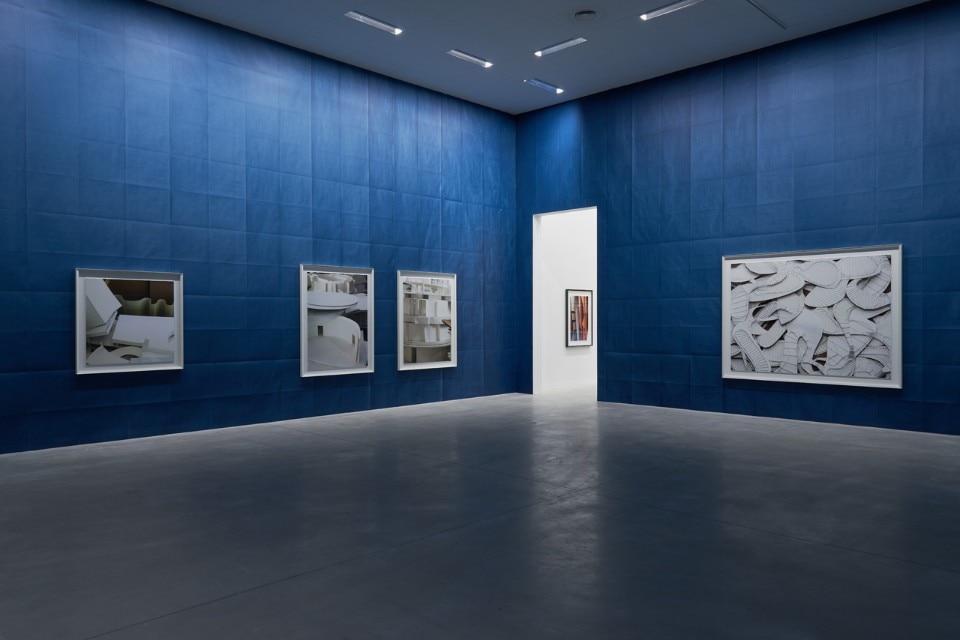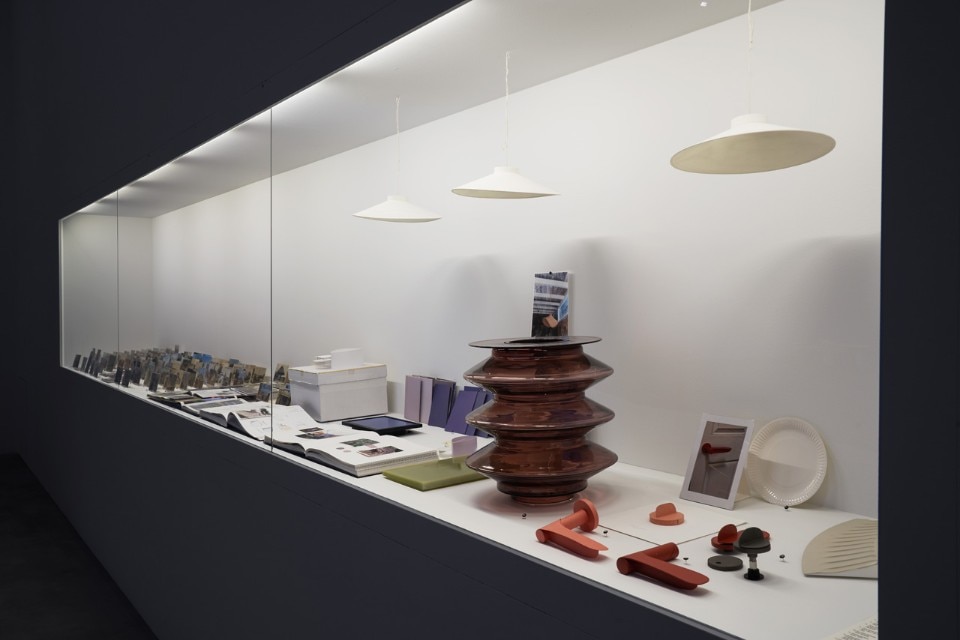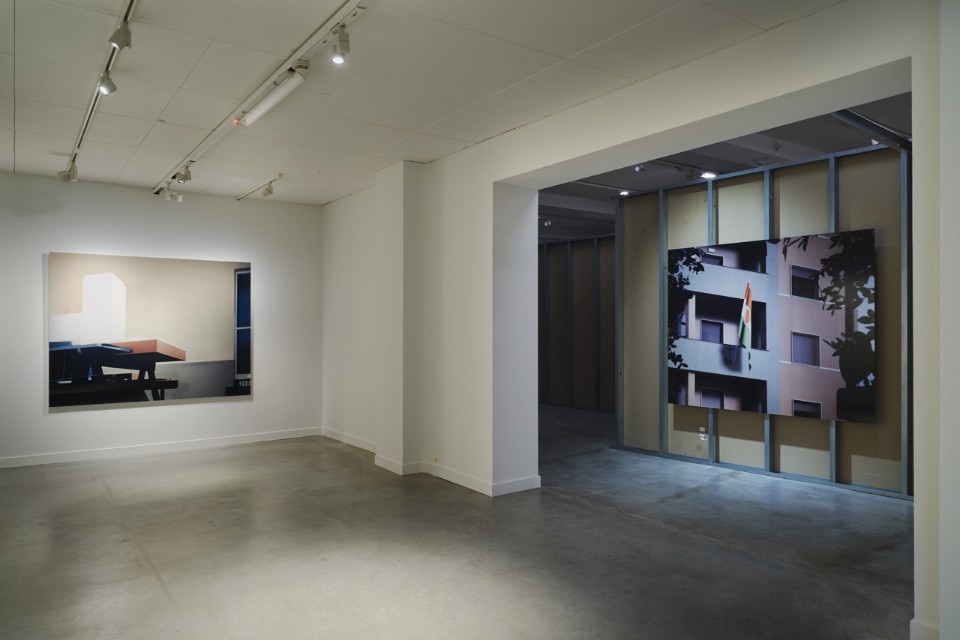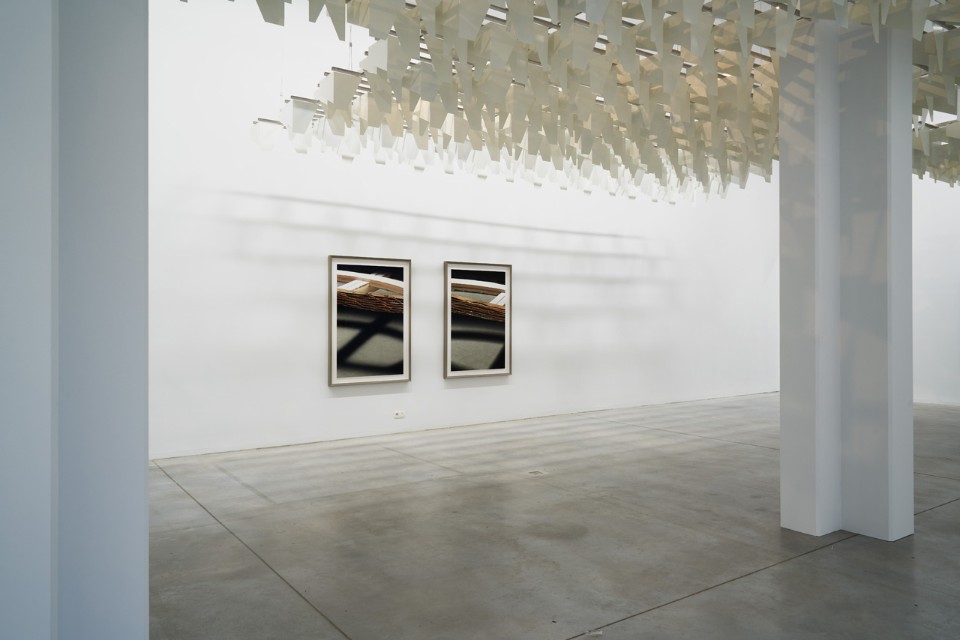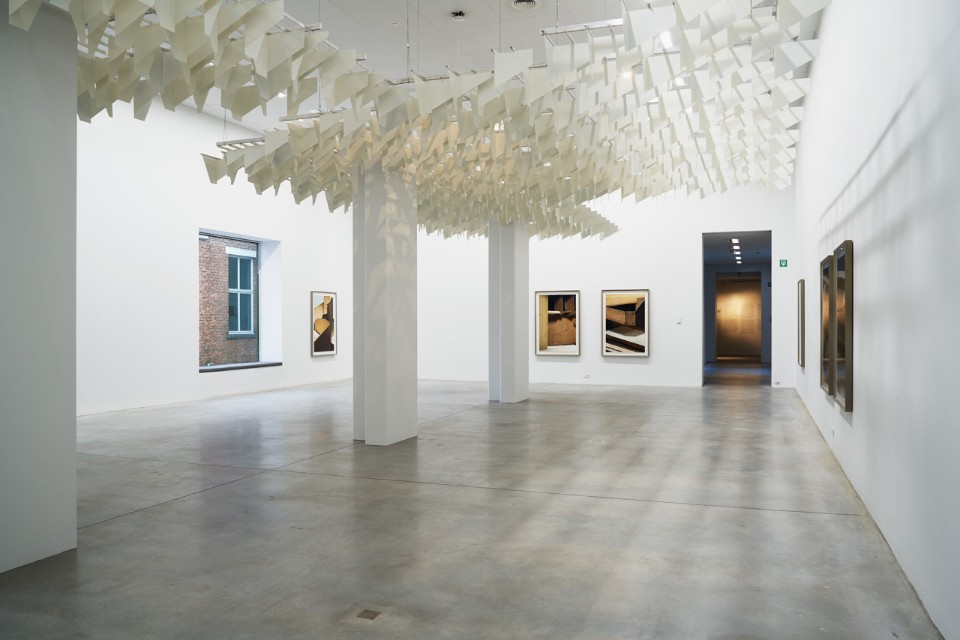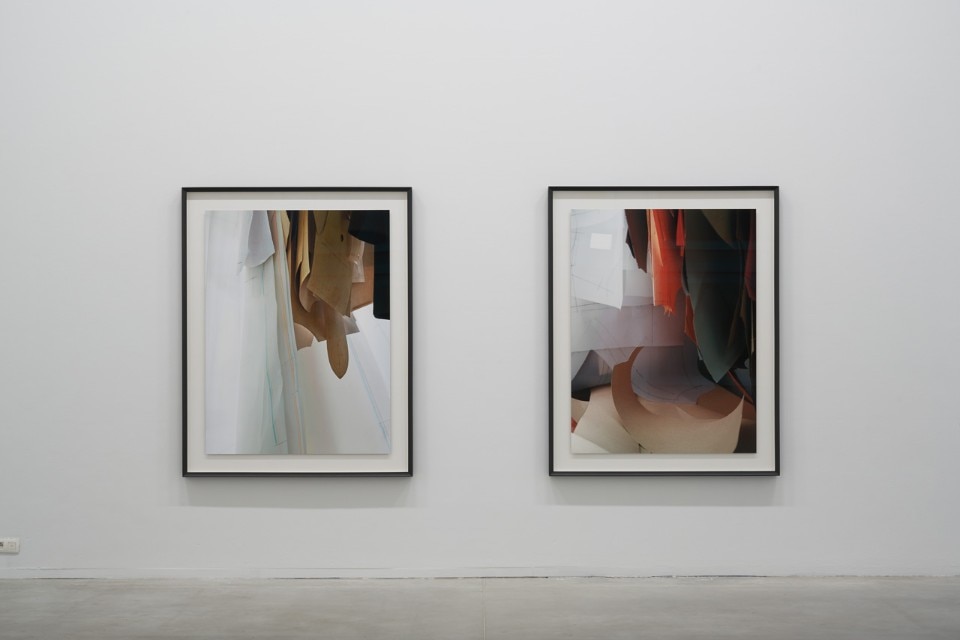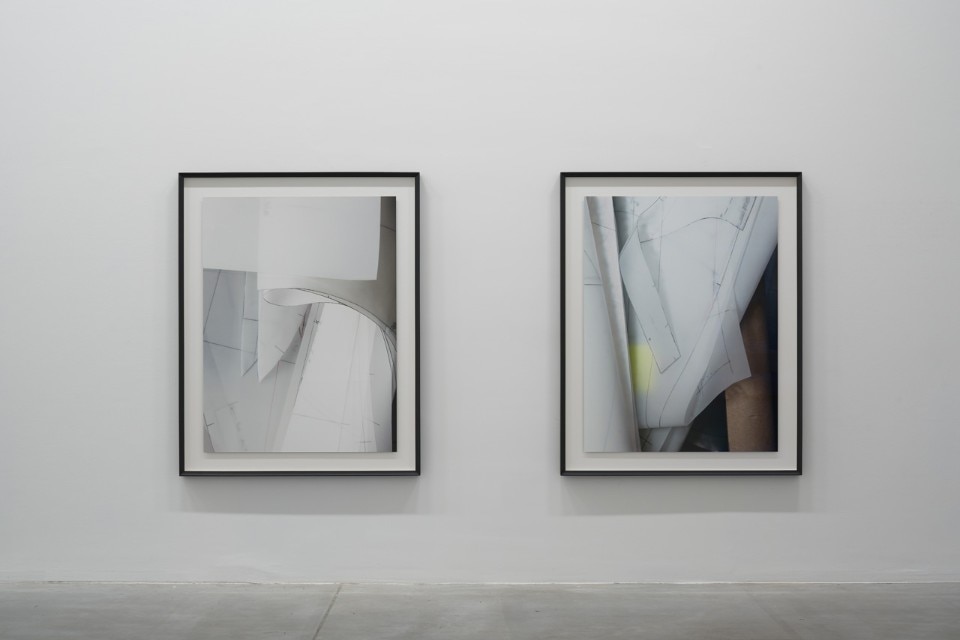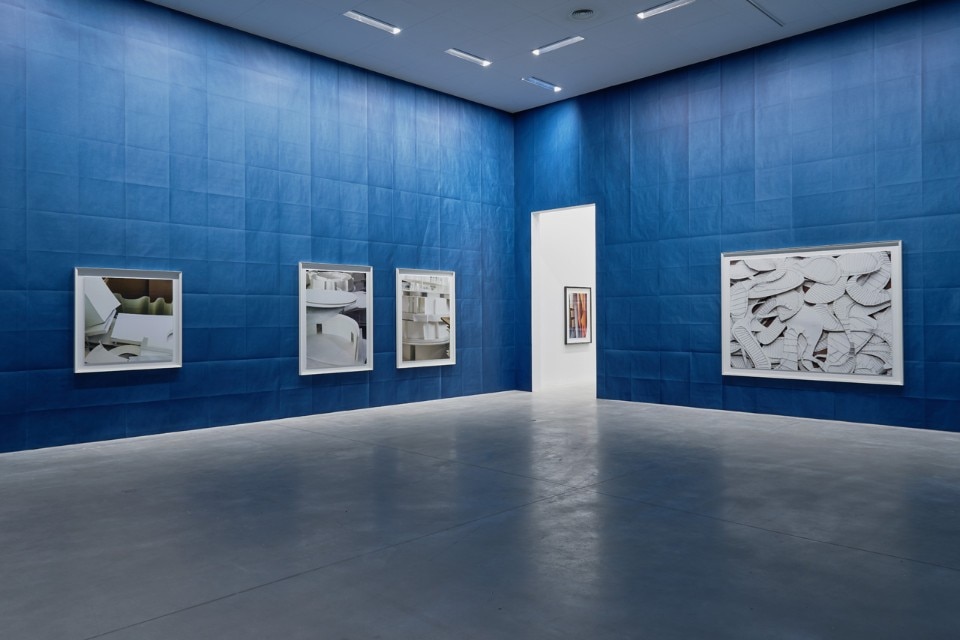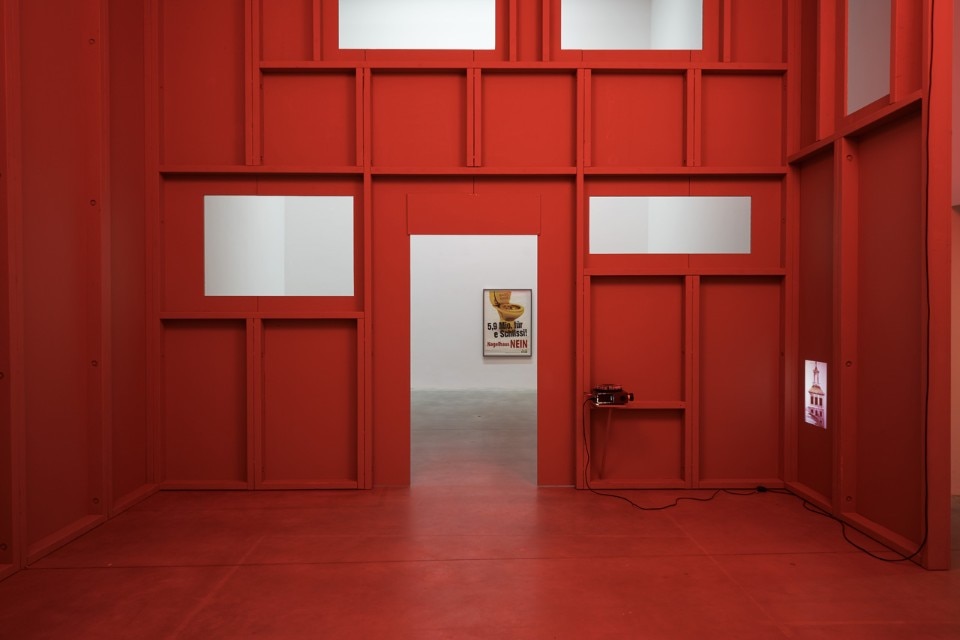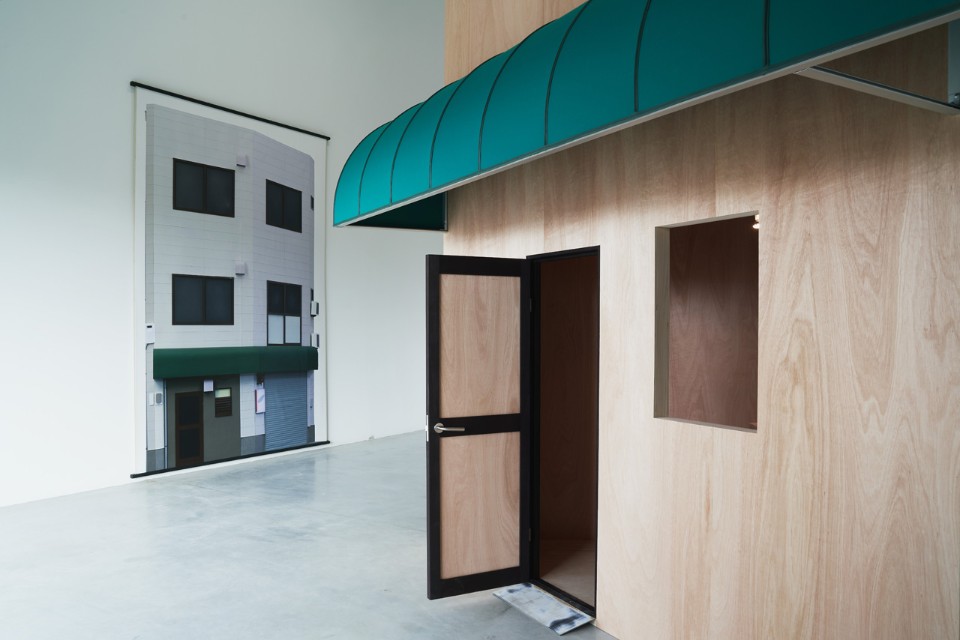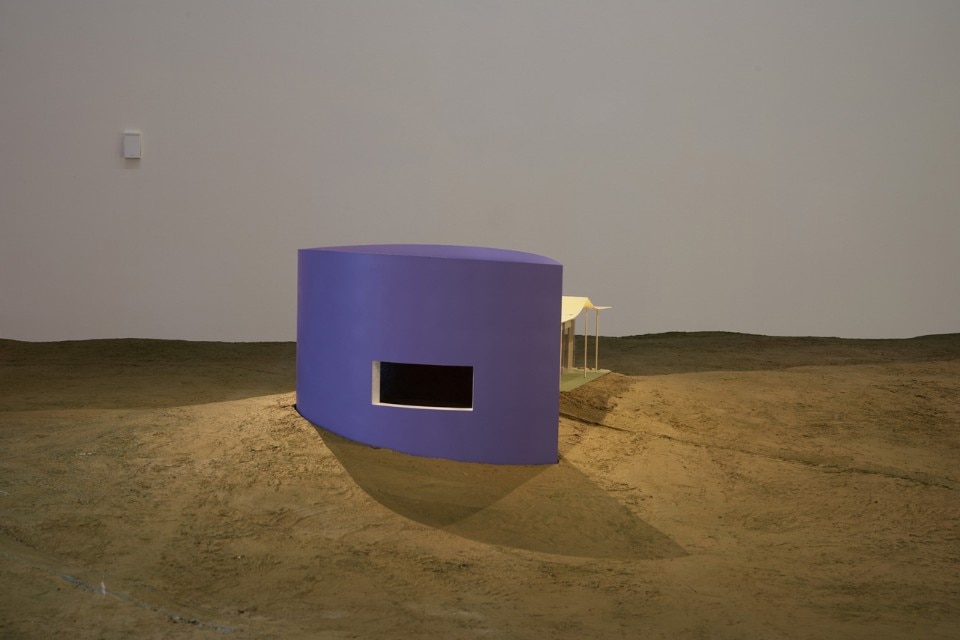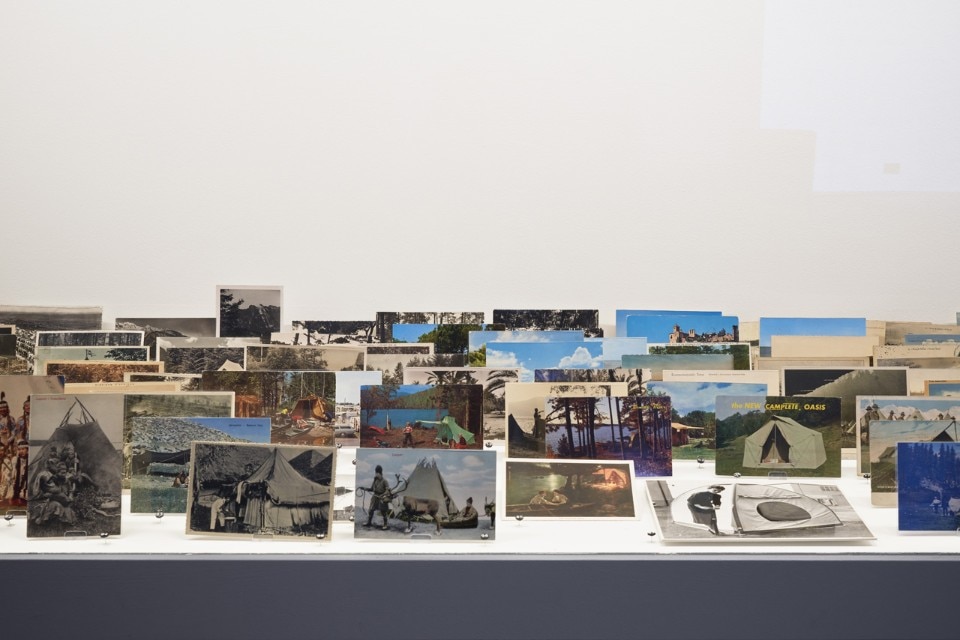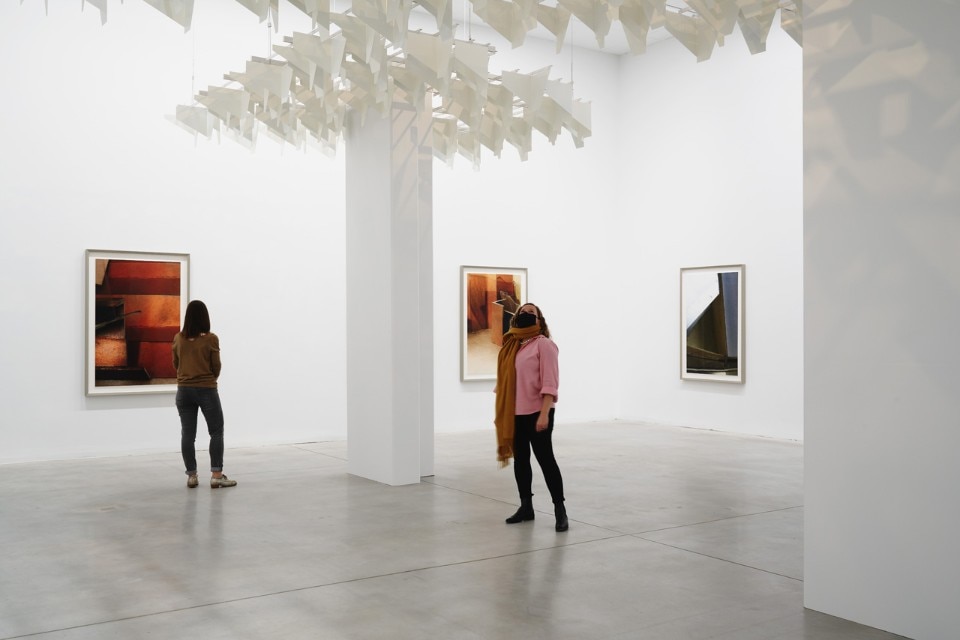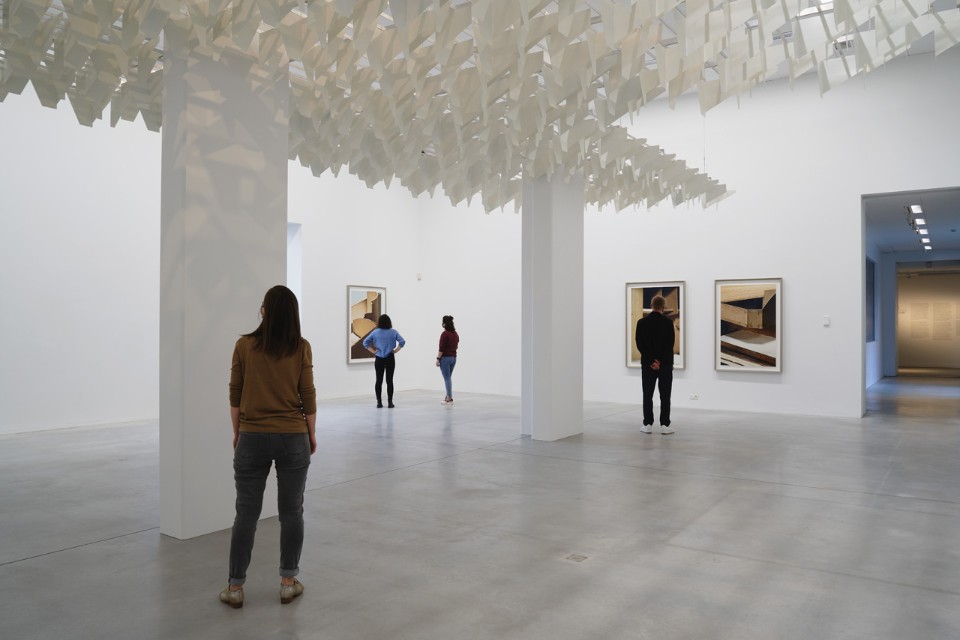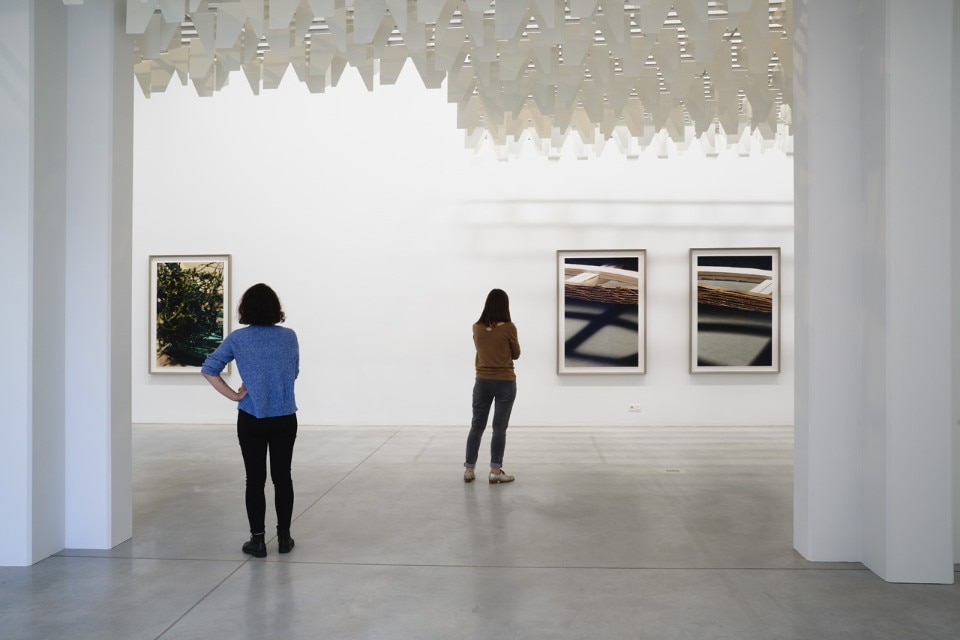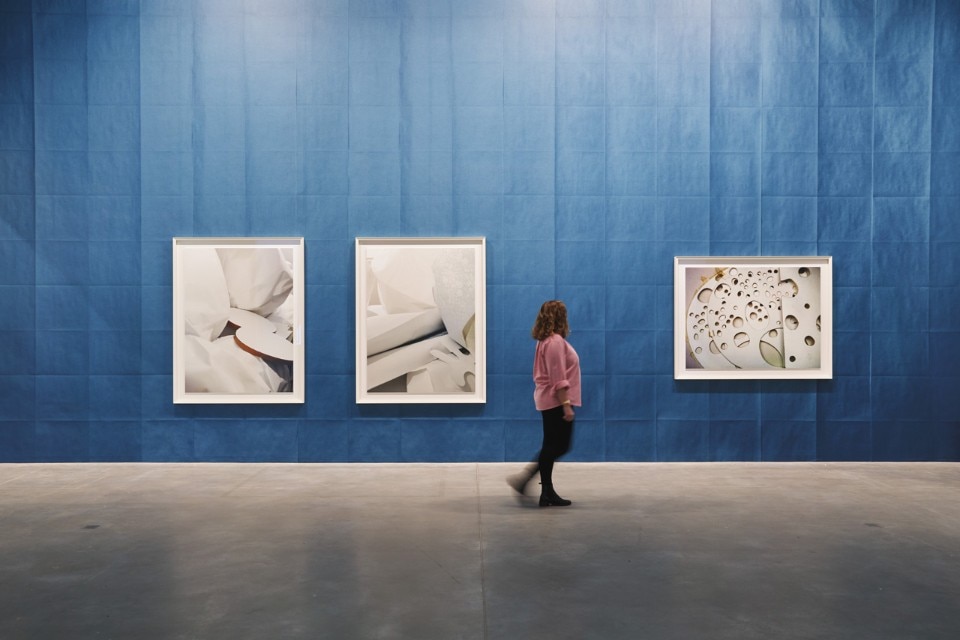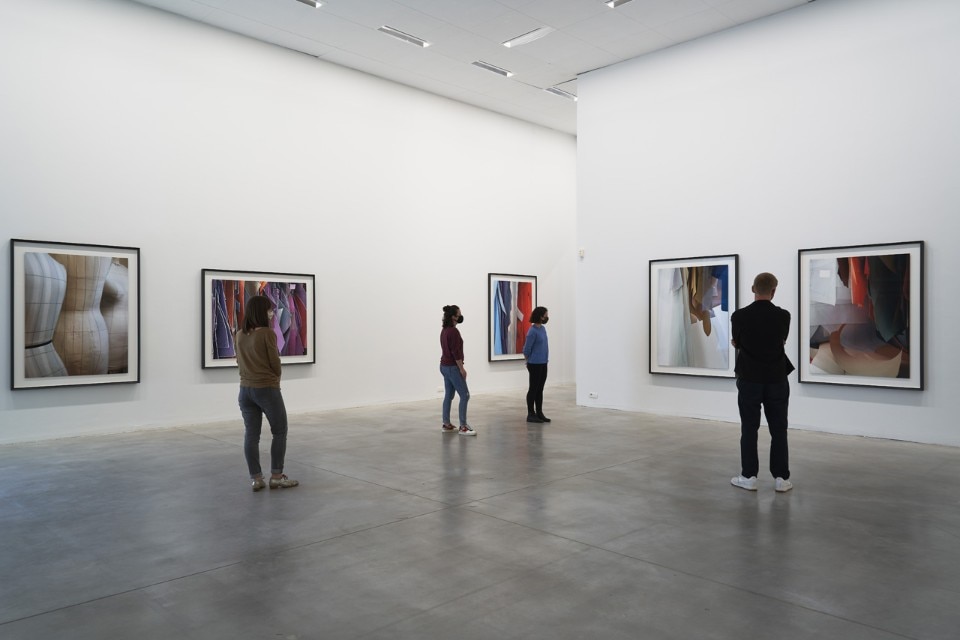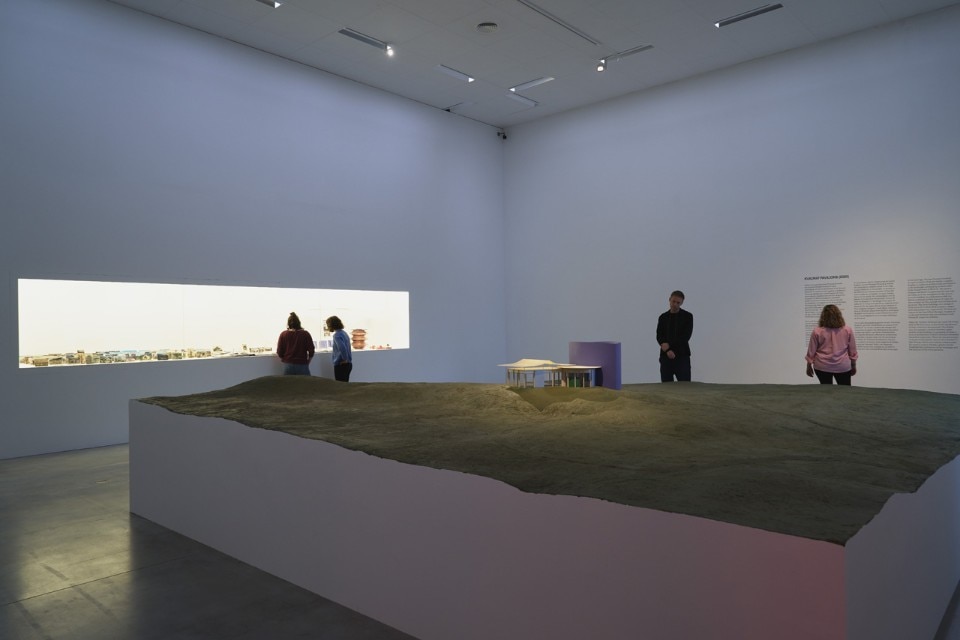Throughout the course of his artistic research Thomas Demand has made us question the credibility of the photographic medium. In fact, his practice involves the reconstruction of architectures and settings (often taken from other images and deprived of human figures) in paper and cardboard and then immortalizing them through his shots, the only memory of those models that are subsequently destroyed. For this new exhibition, however, the fragile paper architectures (“House of Card” is in fact the title of the exhibition, open until April 18, 2021 in Leuven, Belgium) are not only those made by Demand who, with a new series of works entitled “Model Studies”, has in fact chosen to focus his lens also on models made by other contemporary artists, designers and architects. For this exhibition the artist calls into question a series of collaborations such as those with SANAA, Azzedine Alaïa, Martin Boyce and Rirkrit Tiravanija.
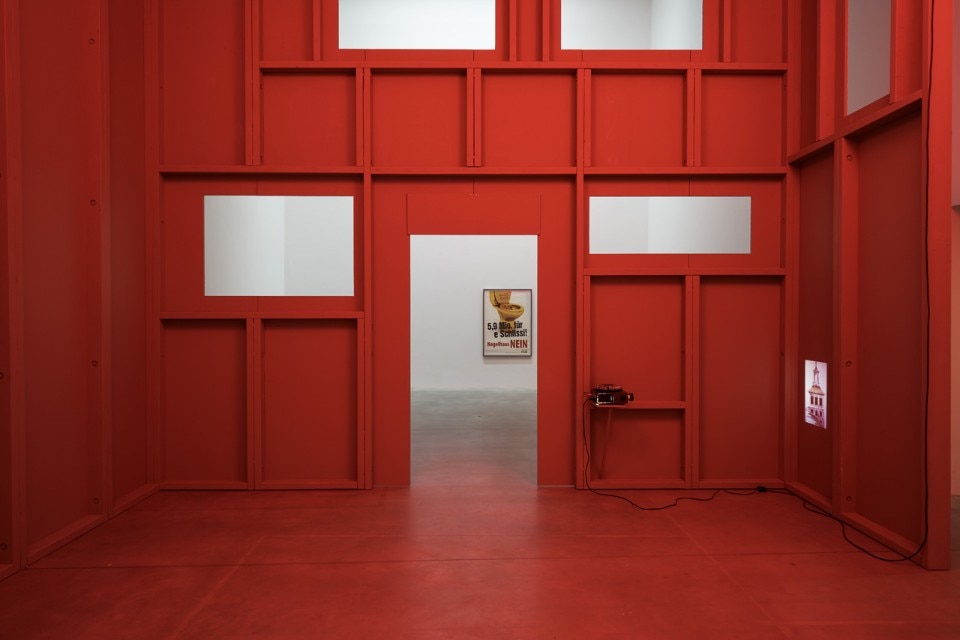
Angela Maderna: Let’s start from the from the title of the exhibition “House of Card”: paper has always been an important component of your work, isn’t it?
Thomas Demand: Yeas, absolutely. On one hand it is a sublime material but it’s actually not the reason why I’m using it. It is because I know that I share with the viewers a material which everybody knows. But what I’m interested in is to share images that many of us know and we can discuss what the images are. The title of course comes from the TV series “House of Cards”, even if I don’t have the cards, I have the card, so it’s borderline, but it’s not really the same. Then of course, there is the building which is made out of playing cards and it is like a model. It is a way trying to explain my concern about the exhibition and to tell about models.
Could you tell us where did your attraction for models come from?
Well, I’m working on this from very long time. There are different categories of models like the children’s models, the architect’s models, like the souvenir shop’s models that you can buy etc. Digging deeper into the idea of the model: I realized over the years that the model is an underestimated cultural technique. Because the architect’s model has some shortcomings, one of them being that it’s small, it never shows the detail but it gives to a person, who decides to realize a building, the feeling that he’s got. The model is important because is kind of being communicated between architect A and architect B. That’s the interesting thing about model, because there is an idea to be transmitted. But that’s an open field: there is a city model of Rome in Iowa, there is the model of the modern planetary when you go to a natural history museum and, even if of course nobody has seen that ever, we recognize what it is and we can immediately take information from it.
CGI (computer-generated imagery) is also a model because itìs created after geometry and it’s not a real thing, it’s a model to give you an impression. So you realize that the all things you know can be represented by models such as the economic models (like demand and supply), retirement funds are models too, models are used also in war, there are models in medicine, for instance, used to understand the body or models for simulating space travels. You find models everywhere so I realized that models are actually a cultural technique and the reason why they have something in common is because reality is so complex, you must have a filter. Memory is a good filter because it keeps the most important things, models are filters because they reduce the information to the focal point. Otherwise the world would be too complex. Today we only have specialists so the models are a kind of way to communicate on a meta level between the different parts of society. Our way of understanding the world is for large part based on models. And that’s why I think there is much more in modeling than what people think.
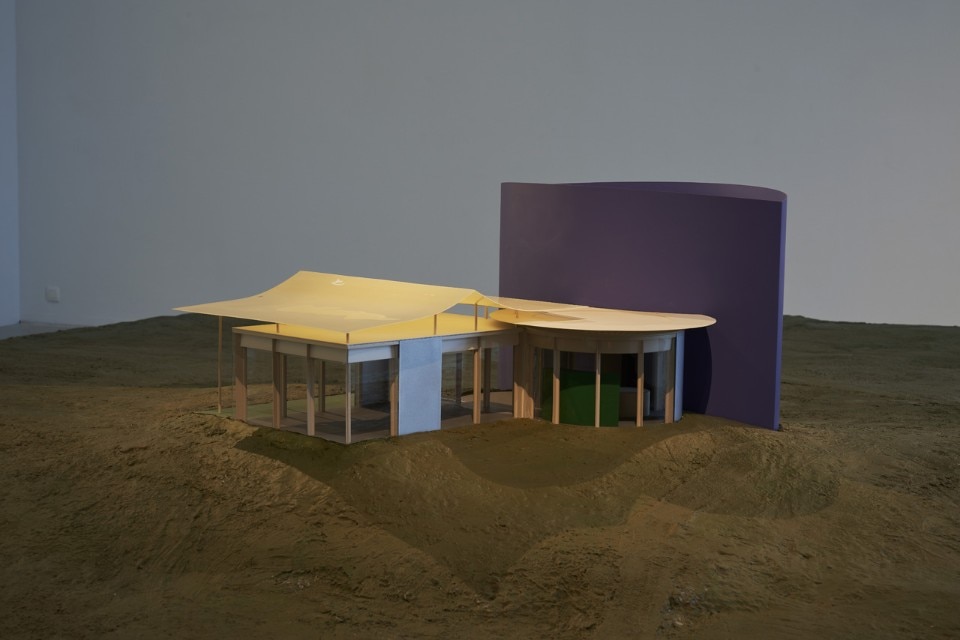
Appropriation is a concept that you investigate also in the past. What about it in this new series of works?
It is not only appropriation. I went to L.A. 10 years ago to the Getty Research Institute and they have the bequest of John Launter, I found it very interesting. They have 12 models representing things he didn’t finish or he didn’t build. I thought, like in opposite of my own work (which is always about the lack of details) that here we have a lot of details, we have shapes, colors and materiality, which is very rich and that’s something I don’t have in my pictures and which I thought would be quite interesting to work with. I thought that I could probably work with someone else’s models and show something with those things which I don’t have in my own work. So this is a one person show, it’s me, but I would like to invite people and show ways of collaborating. That’s how we brought in the Martin Boyce’s piece and the whole series went on. SANAA invited me to Japan, I saw their office and the amazing ocean of models. It was like my own studio looks like when I build on a piece and I found something in someone else’s house, which I recognized as my own.
I realized over the years that the model is an underestimated cultural technique. Because the architect’s model has some shortcomings, one of them being that it’s small, it never shows the detail but it gives to a person, who decides to realize a building, the feeling that he’s got.
With your works in the past you told us that photography is not objective as we used to think. May we say that photography is a powerful medium to falsify the reality?
Yes, but it also creates reality or a parallel reality. We realized things because of photography. We learn about the world which is there and it was there before there was photography, but just now we learn about the world, from photography of course
In this show there are also some artistic and architectural project you did.
Yes, there is a work which I made for a competition with Caruso St John for a big square in Zurich and we made a one to one model of the facade that was showed in Venice Biennale. We won the competition but at the end the building wasn’t realized, anyway for me, the project is somehow in reality because it’s an artwork and it’s there. There is also a model for the pavilion that Kvadrat commissioned to me that is like a total artwork because I could design every single detail. This exhibition shows that I come from reconstructing places from our memory and then I looked at other models of other people, that’s the model studies and then a way to get into architecture in a sense. What I try to do my architectural projects is to keep the logic of the paper and transform it into shapes which can stand and can be used.
- Exhibition title:
- “House of Card”
- Artist:
- Thomas Demand
- In collaboration with:
- Martin Boyce, Arno Brandlhuber, Caruso St John and Rirkrit Tiravanija
- Curated by:
- Valerie Verhack
- Where:
- Museum Leuven. Leuven, Belgium, Leopold Vanderkelenstraat 28
- Opening dates:
- from 9 October 2020, to 18 April 2021


